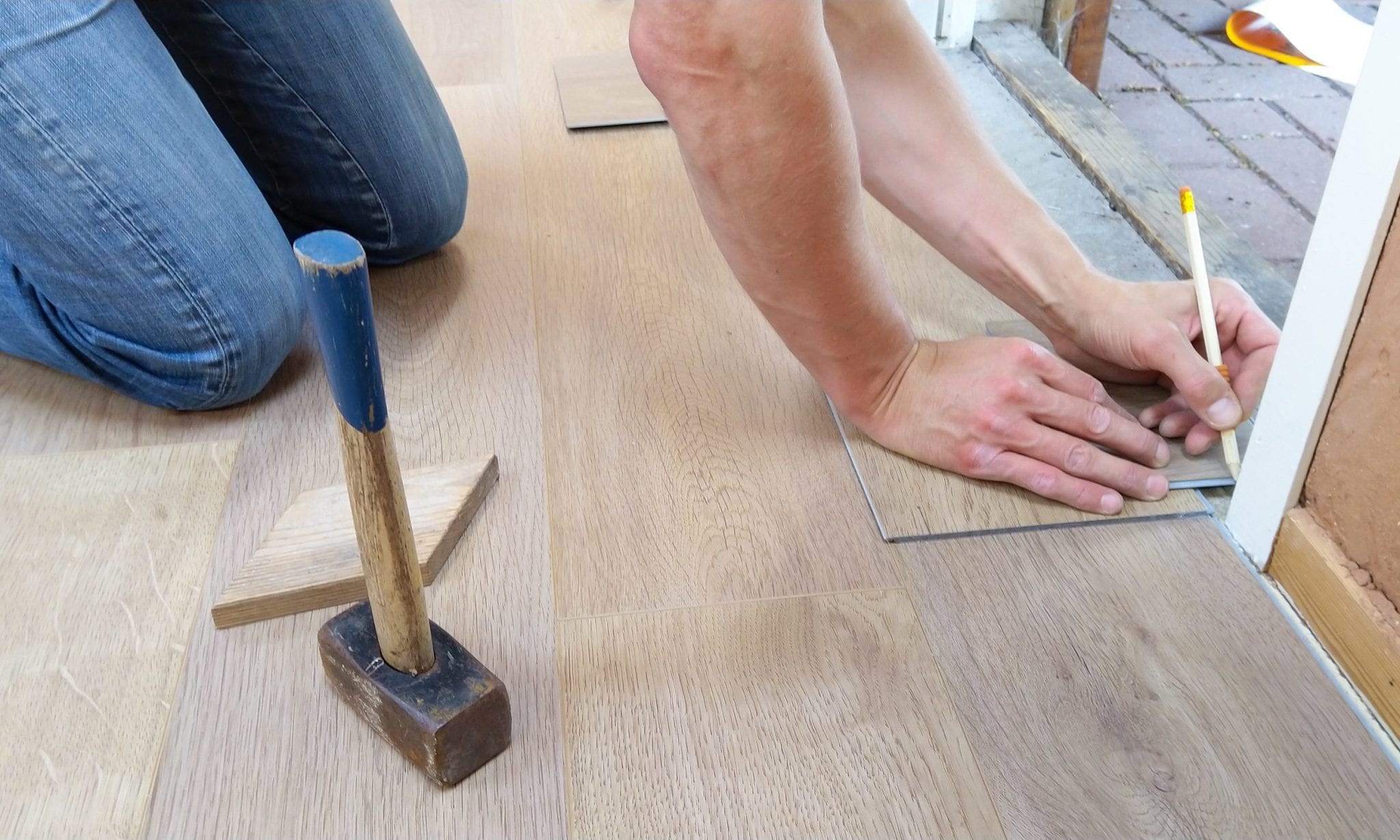
Important safety tips while renovating
Renovations and DIY projects are great ways to turn a house into a home. In fact, whether you rent or own, there are many things you can do to make your space your own. However, whether you are undertaking major renovations or a small touch-ups, it’s important to be aware of any potential exposures to chemicals and pollutants.
By following a few straightforward safety tips, you can keep you and your family safe while giving your home a new look. Here are some guidelines:
Follow instructions carefully. Read and follow all safety, usage and disposal instructions every time you use a household chemical product. Look for hazard symbols on the front of the product.
Wear protective gear. Protective gear may include gloves, a proper breathing mask and safety glasses. Product labels will provide more detailed information on any additional safety equipment you should wear.
Let in fresh, clean air. Keep your work areas well ventilated. Open windows and doors, run your exhaust fans and work outside whenever possible.
Take care with composite wood products. Products such as plywood and particleboard are made of wood pieces or fibres bonded together with glue, which can contain formaldehyde. If you’re buying something made of composite wood, such as furniture, cabinets, countertops or flooring, check the label for more information about formaldehyde. Ask retailers, vendors, and manufacturers to help.
Use low-emission products. Paint or varnish often has a noticeable smell. The odour comes from emissions that contain volatile organic compounds (VOCs). Some household chemical products that are labelled as “low emission” give off fewer VOCs. Read the label and choose products that are low in VOCs.
Prevent exposure to asbestos. Asbestos can be found in older insulation, cement, plaster, floor and ceiling tiles, house siding and automobile parts. Before doing any renovations, have a professional test for asbestos. If found, hire a qualified asbestos removal specialist to get rid of it before work starts. Do not disturb an area containing asbestos, and never try to remove it yourself.
Check for lead-based paint. If your home was built before 1991, it may contain lead-based paint. If you want to find out whether it does, you can send paint chip samples to a lab for analysis or hire a contractor who has the proper x-ray equipment to detect lead on painted surfaces.
Keep vulnerable people away. Children, pregnant people, those with pre-existing health conditions and seniors may be at greater risk to the health effects of exposure to chemicals. When renovating, it is recommended that these groups stay clear of project areas. (NC)

Leave A Comment
You must be logged in to post a comment.